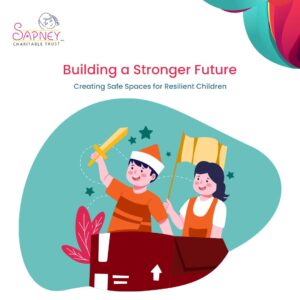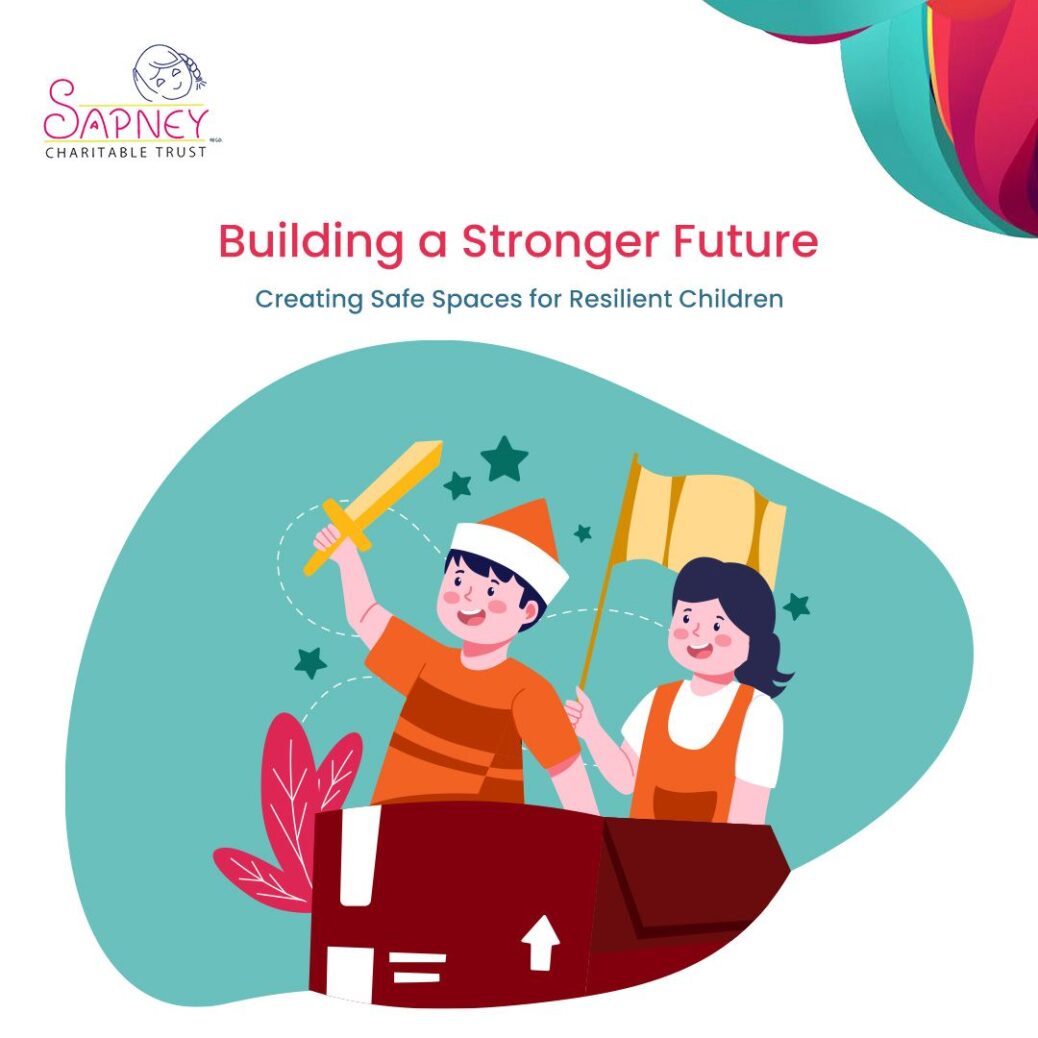
Children are one of the most sensible groups in our society, and they often face a range of physical, emotional, and psychological challenges. Providing safe spaces for children is critical in helping them build resilience and cope with the challenges they face.
Safe spaces for children refer to environments where they can feel protected, respected, and empowered. Such spaces can be physical, such as schools, playgrounds, and community centers, or virtual, such as online communities and chat rooms. These spaces should be free from physical harm, abuse, and neglect and provide opportunities for children to learn, grow, and thrive.
Benefits of Safe Spaces for Children
Creating safe spaces for children can have a range of benefits for their physical, emotional, and psychological well-being. Some of these benefits include:
Increased resilience:
Safe spaces can help children develop resilience by providing them with opportunities to learn new skills, overcome challenges, and build positive relationships with peers and adults.
Improved mental health:
Safe spaces have become an essential tool in promoting positive mental health outcomes for children. Children who feel safe and supported are more likely to have positive mental health outcomes, including reduced anxiety and depression.
Reduced risk of abuse:
Not only it reduces the risk of abuse, neglect, and other forms of harm, but also provides a safe and supportive environment. Thus, making underprivileged children less likely to experience abuse or neglect.
Better academic outcomes:
Having a safe and secure space can provide children with opportunities to learn, grow, and develop academically. Children who feel safe and supported are more likely to attend school regularly and perform better academically.
Building Resilience Through Safe Spaces
Resilience is the ability to bounce back from challenging situations, and safe spaces can be a powerful tool for children to develop this skill. These spaces can be physical or virtual environments where children feel protected and can freely express themselves without fear of judgment or harm. Safe spaces offer opportunities for children to practice skills that promote resilience, such as problem-solving, conflict resolution, and emotional regulation.
In a safe space, children can experiment with new behaviors, ideas, and attitudes, make mistakes without fear of judgment, and receive support and feedback from caring adults and peers.
For example, a classroom can serve as a safe space where children can engage in activities that encourage them to take risks, build confidence, and develop critical skills for resilience. These activities may include group discussions, role-playing, and team-building exercises that help children learn to manage their emotions and communicate effectively with others.
Community Support for Safe Spaces
Creating safe spaces for children requires the support of the community. Community support can help ensure that safe spaces are accessible, sustainable, and responsive to the needs of children. Here are some ways that community support can help create safe spaces for children:
Provide resources: Communities can provide resources to support the creation and maintenance of safe spaces, such as funding, volunteers, and equipment.
Raise awareness: Communities can raise awareness about the importance of safe spaces for children and the benefits they provide. This can help build support for safe spaces and encourage community members to get involved.
Advocacy: Advocating for children’s rights and needs is crucial to creating safe spaces. Advocacy can include promoting policies that protect children, raising awareness about issues affecting children, and supporting organizations that work to create safe spaces for children.
Fundraising: Fundraising is essential to creating and maintaining safe spaces for children. It can include individual donations, corporate sponsorships, and fundraising events. The funds raised can be used to maintain and improve safe spaces, provide educational resources, and support programs that promote children’s well-being.
Conclusion
Creating safe spaces for children requires building resilience and community support. By fostering an environment that supports children’s emotional well-being, healthy relationships, and coping skills, we can help children develop the resilience they need to thrive.
By building community support through volunteerism, advocacy, and fundraising, we at Sapney tries to create safe spaces that provide children with the support they need to grow and succeed. We all have a role to play in creating safe spaces for children, and together we can make a difference.


